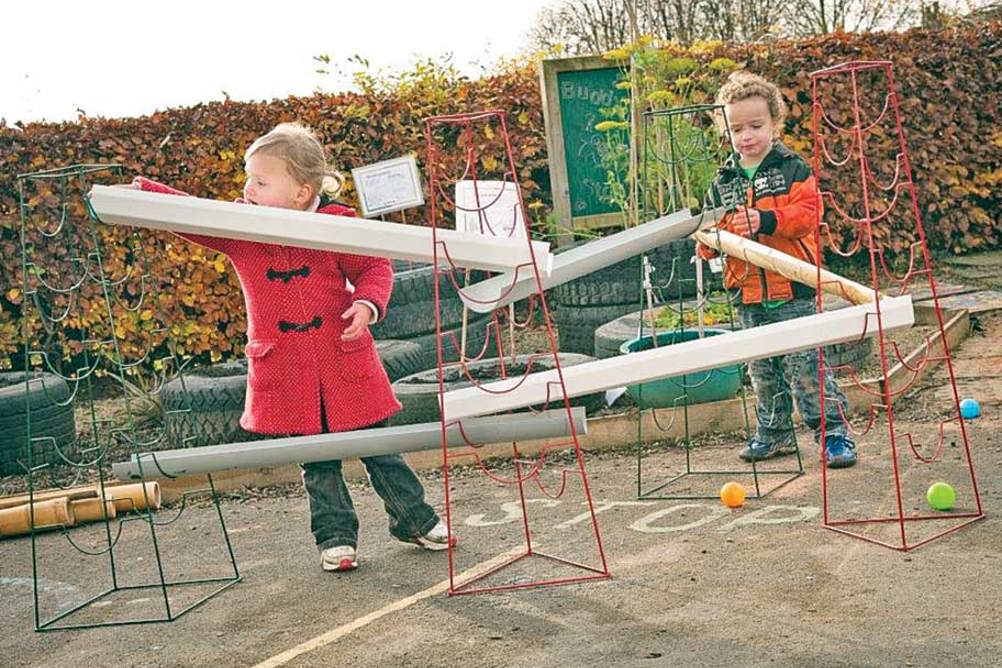
Children's understanding of fast and slow can be developed in a variety of ways that are relevant and age appropriate. They can explore different forms of transport and the speed at which vehicles move, they can use their bodies to run fast like a cheetah or slow like a tortoise, they can beat a drum rapidly or shake a tambourine gently, or explore their vocal chords and hands to sing and clap to the changing pace of music.
Practitioners can also offer children the chance to explore the concept of fast and slow though resources offering scientific and mathematical exploration. This might be rolling balls and toy cars down guttering, for example, or using sieves or plastic bottles with different-sized holes to watch how fast the sand and water flows out.
Register now to continue reading
Thank you for visiting Nursery World and making use of our archive of more than 35,000 expert features, subject guides, case studies and policy updates. Why not register today and enjoy the following great benefits:
What's included
-
Free access to 4 subscriber-only articles per month
-
Unlimited access to news and opinion
-
Email newsletter providing activity ideas, best practice and breaking news
Already have an account? Sign in here
